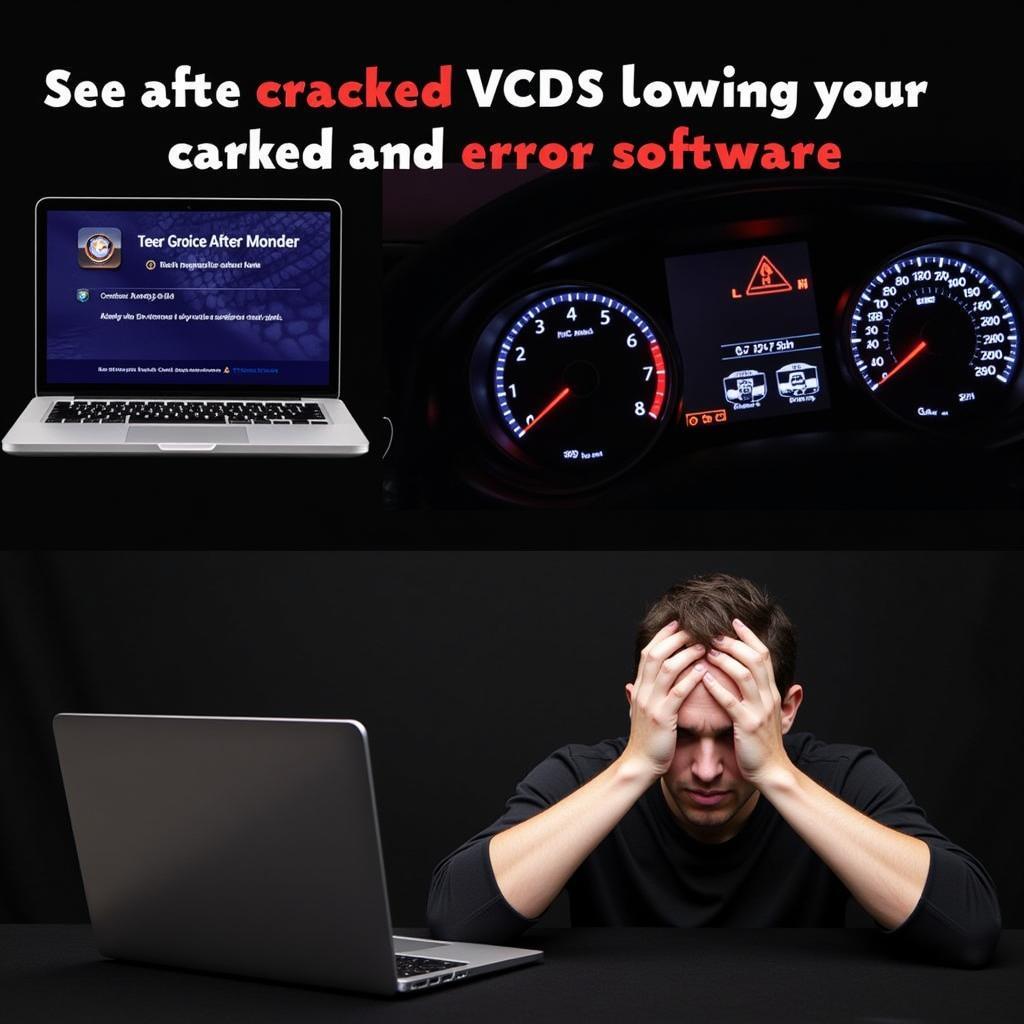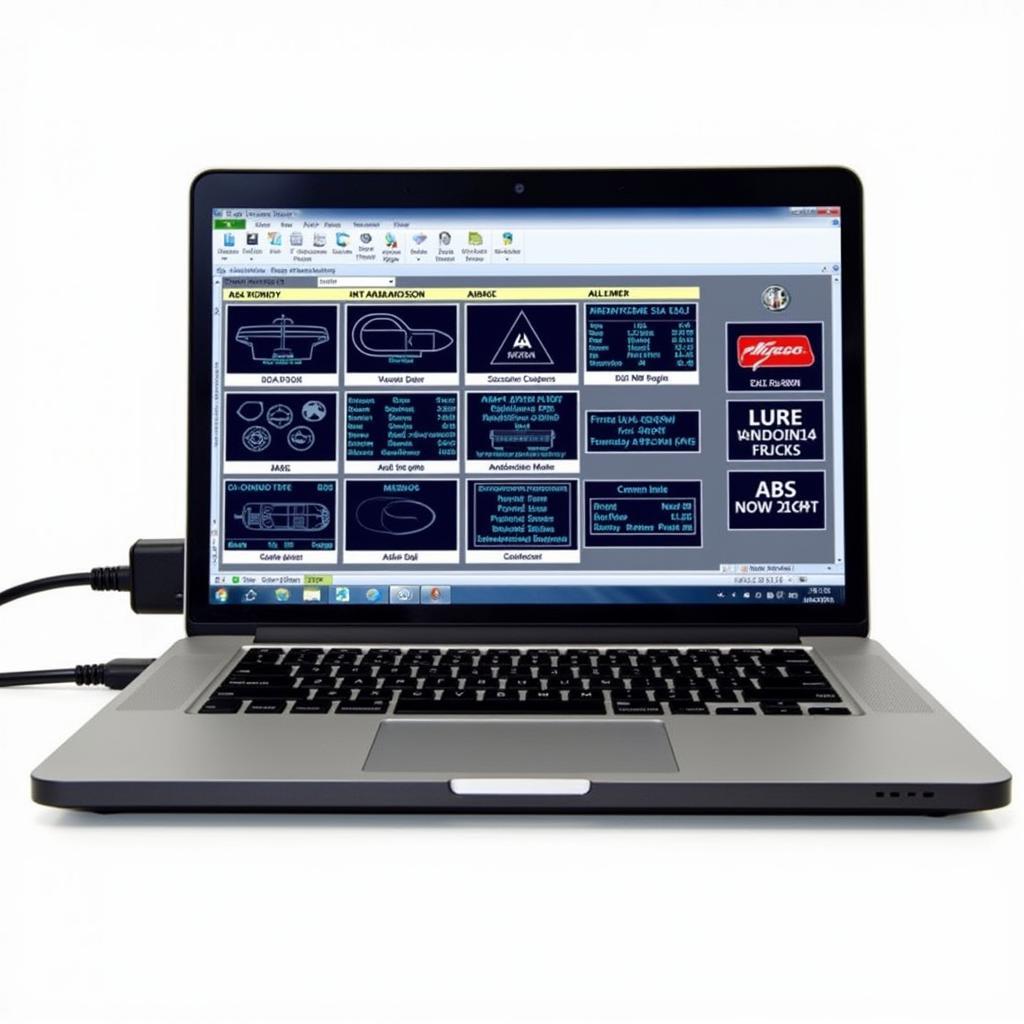The 01399 code VCDS is a common diagnostic trouble code (DTC) encountered by car owners and technicians. This code indicates a malfunction within the oxygen (O2) sensor circuit, specifically for sensor 2 in bank 1. Understanding this code, its causes, and solutions is crucial for maintaining optimal vehicle performance and emissions.
What Does the 01399 Code VCDS Mean?
The 01399 code, deciphered through a VCDS (VAG-COM Diagnostic System) scan, points to an issue with the downstream oxygen sensor, also known as the post-catalytic converter sensor. Bank 1 refers to the side of the engine containing cylinder 1. Sensor 2 denotes the downstream sensor. This sensor plays a vital role in monitoring the efficiency of the catalytic converter and providing feedback to the engine control unit (ECU) to adjust the air-fuel mixture. A faulty signal can lead to decreased fuel efficiency and increased emissions.
Common Causes of the 01399 Code VCDS
Several factors can trigger the 01399 code. These include:
- Faulty Oxygen Sensor: The most common culprit is a malfunctioning downstream oxygen sensor itself. Over time, these sensors can degrade due to exposure to high temperatures and exhaust gases.
- Wiring Issues: Damaged, corroded, or loose wiring in the sensor circuit can disrupt the signal transmission to the ECU.
- Exhaust Leaks: Leaks in the exhaust system, particularly before the downstream sensor, can introduce fresh air and skew the sensor readings.
- Faulty Catalytic Converter: While less frequent, a failing catalytic converter can also cause the 01399 code.
- ECU Problems: In rare cases, the issue might stem from a malfunction within the ECU itself.
How to Diagnose and Fix the 01399 Code VCDS
Diagnosing the 01399 code involves a systematic approach:
- Visual Inspection: Begin by visually inspecting the wiring and connector for the downstream oxygen sensor. Look for any signs of damage, corrosion, or loose connections.
- VCDS Scan: Use the VCDS system to confirm the 01399 code and check for any other related codes.
- Live Data Monitoring: Utilize the VCDS to monitor the live data from the downstream oxygen sensor. This can help determine if the sensor is responding correctly to changes in exhaust gas composition.
- Sensor Testing: If live data suggests a faulty sensor, perform a voltage and resistance test on the sensor itself.
- Wiring Check: If the sensor tests good, thoroughly check the wiring harness for continuity and short circuits.
- Exhaust System Inspection: Inspect the exhaust system for leaks, especially between the catalytic converter and the downstream sensor.
01399 Code VCDS: Frequently Asked Questions
- Can I drive with the 01399 code? While driving short distances might be possible, it’s not recommended. The faulty sensor can affect fuel efficiency and emissions.
- How much does it cost to replace an oxygen sensor? The cost varies depending on the vehicle make and model but typically ranges from $100 to $300.
- Can I replace the oxygen sensor myself? Yes, with basic mechanical skills and tools, it’s a relatively straightforward DIY job.
01399 Code and Remote Diagnostics
Remote diagnostic services are increasingly popular, allowing technicians to access vehicle data and perform software installations and updates remotely to address issues like the 01399 code. This can save time and money, especially for complex diagnostics.
“Remote diagnostics and programming are revolutionizing automotive repair. We can now pinpoint and resolve issues like the 01399 code quickly and efficiently without the vehicle needing to be physically present in the workshop.” – David Miller, Lead Automotive Diagnostics Technician at CARDIAGTECH
Conclusion: Resolving the 01399 Code VCDS
Addressing the 01399 code VCDS is crucial for maintaining optimal vehicle performance. By understanding the code, its common causes, and diagnostic procedures, you can effectively resolve the issue and ensure efficient engine operation and emissions control. Don’t hesitate to seek professional help if needed.
FAQs: Additional Questions
- What tools do I need to diagnose the 01399 code? A VCDS cable and software are essential, along with a multimeter for sensor testing.
- Can a bad fuel pump cause the 01399 code? While unlikely, a severely malfunctioning fuel pump can indirectly affect sensor readings.
- How often should oxygen sensors be replaced? Generally, they should be replaced every 60,000 to 90,000 miles, or as recommended by the vehicle manufacturer.
Need help with your 01399 code or other automotive diagnostic issues? Contact CARDIAGTECH today via Whatsapp: +1 (641) 206-8880, Email: CARDIAGTECH[email protected] or visit us at 276 Reock St, City of Orange, NJ 07050, United States. Our 24/7 customer support team is ready to assist you. We also offer remote diagnostic and programming services. Check out our website for more information on other common diagnostic trouble codes and solutions.


